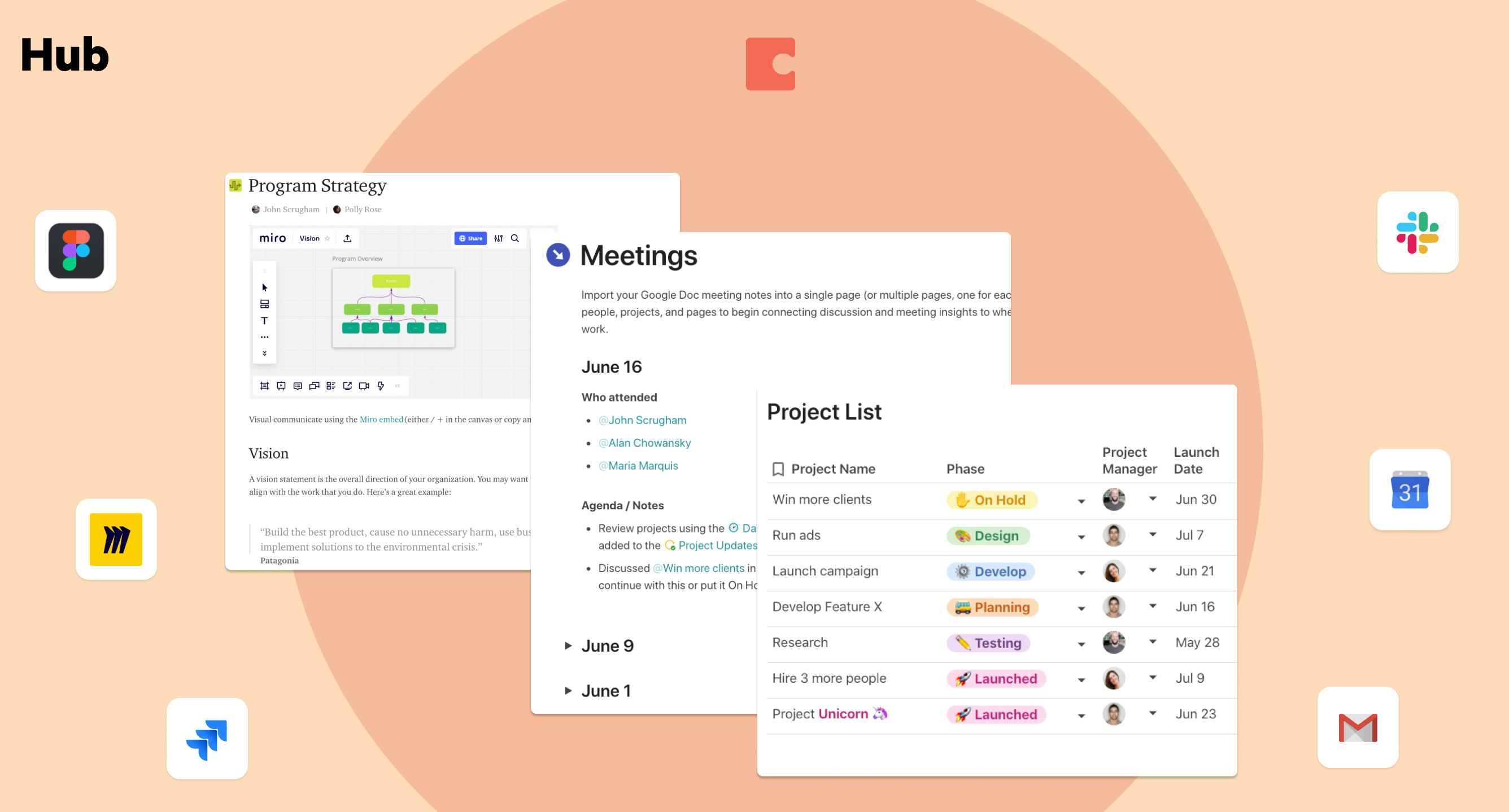Share
Explore
How to Execute a Successful Project Portfolio Management Program

 Achieve your organization's strategic goals with this project portfolio management template
Achieve your organization's strategic goals with this project portfolio management template
How to track all of your program, projects and initiatives across teams and workstreams with a flexible portfolio management template.
What is a portfolio management template?
to understand why PMOs (project management offices) need portfolio management templates to mange the PPM process.How to use this portfolio management template?
Step 1: Set up teams and phases
Step 2: Establish the mission and vision
Step 3: Oversee projects
Step 4: Track weekly meeting notes
👉 Get started with: portfolio management template Copy this doc
Copy this doc
Who should use this portfolio management template?
Problems with existing free templates
Solution
Copy Doc
Disconnected → Collaborative via A Central Hub

Fragile → Agile (& App-like)

Unfocused → Personalized

Ugly → Delightful

Common FAQs about portfolio management templates
How do you build a portfolio management system?
What are the 6 steps to successful portfolio management?
What is product portfolio management?
Want to print your doc?
This is not the way.
This is not the way.

Try clicking the ⋯ next to your doc name or using a keyboard shortcut (
CtrlP
) instead.